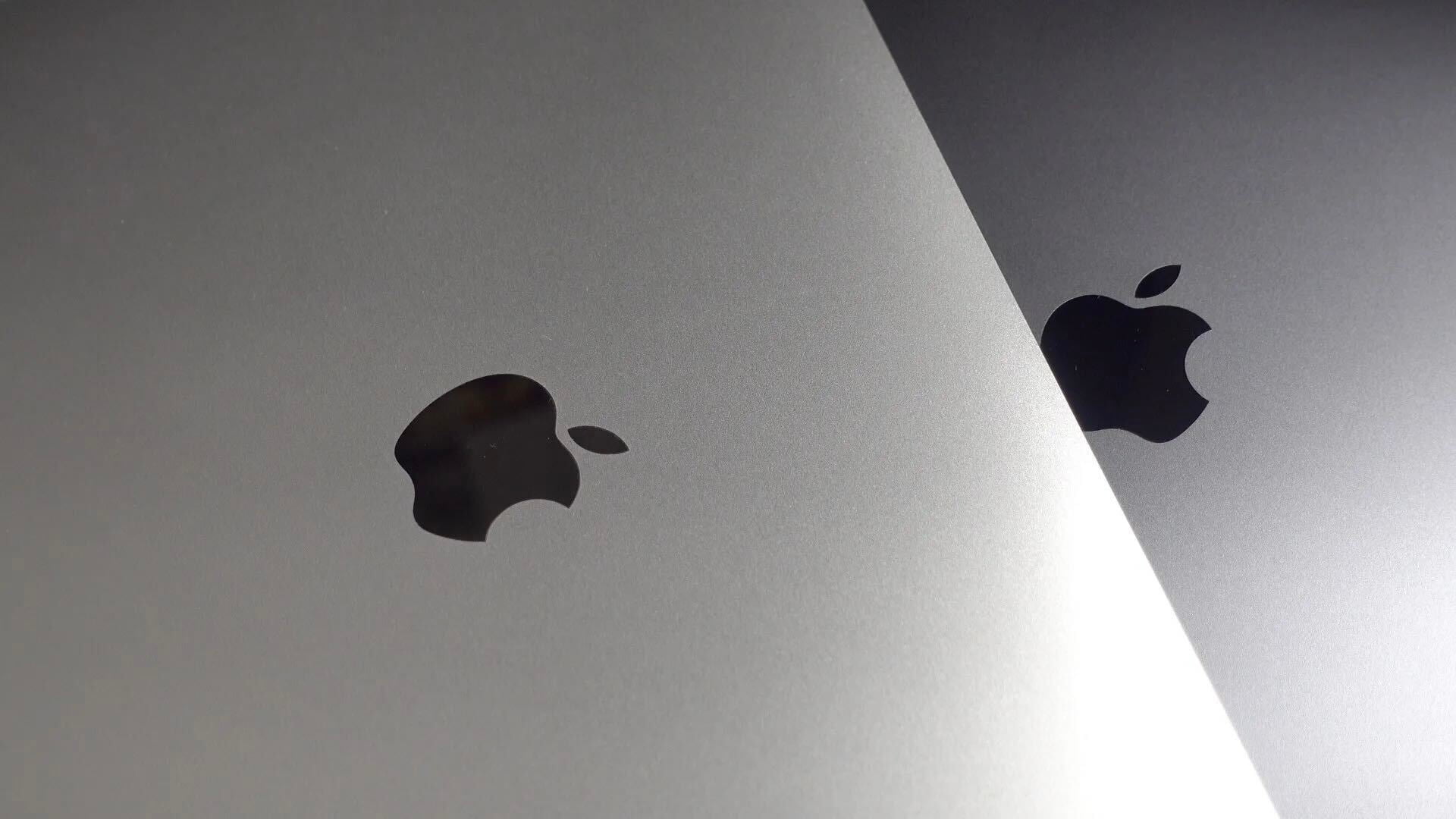Tests reveal how Apple improved iPad Pro’s display, & why iPad mini 4 is still best overall


DisplayMate is out today with a comparison of iPad displays following the introduction of Apple’s new larger 12.9-inch iPad, and the results might surprise you.
While the larger display on the iPad Pro is one of the device’s standout features on Apple’s latest and greatest iPad, the iPad mini 4, introduced alongside the iPad Pro to not quite as much fanfare, actually beats out its bigger sibling in several categories. The iPad Pro, however, does hold its own and DisplayMate’s analysis shows a number of improvements Apple has made to make it one of its best displays for a mobile device yet.
Expand
Expanding
Close



